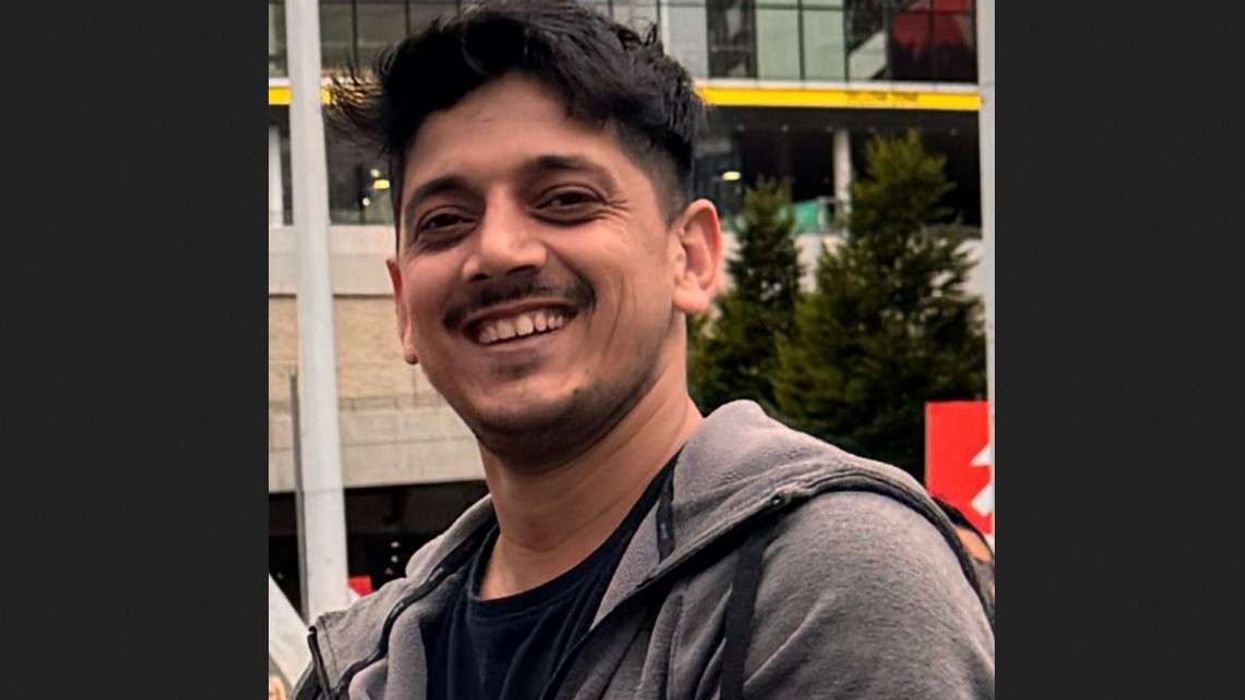RESTAURATEUR and writer Camellia Panjabi puts the spotlight on vegetables in her new book, as she said they were never given the status of a “hero” in the way fish, chicken or prawns are.
Panjabi’s Vegetables: The Indian Way features more than 120 recipes, with notes on nutrition, Ayurvedic insights and cooking methods that support digestion.
She told Eastern Eye, “Most families and chefs regularly cook only 15 to 20 types of dishes. Many vegetables in shops are ignored, because people don’t know how to cook them.
“This book gives readers confidence by providing recipes, explanations, and photographs for 30 vegetables. It also shows how they can be prepared in different ways and with different cuisines — not just Indian.”
Panjabi is part of the family that runs Amaya, Chutney Mary’s, Veerswamy and Masala Zone restaurants. She is also the best-selling author of 50 Great Curries, which sold more than two million copies.
She previously worked for Taj Hotels in India, where she was involved in creating menus for various restaurants among other projects. These menus featured Indian, Chinese, Thai, Italian and French cuisines.
When she eventually moved on after three decades, Panjabi realised that vegetables were almost always relegated to the end of a menu as side dishes.
In every cuisine the pattern was the same: starters and mains were prioritised ahead of sides — potatoes, cauliflower, or something similar.
“Yet, on the plate, two-thirds of the food is usually vegetables, while on the menu they only make up about five per cent,” Panjabi said.
Vegetarian meals often relied on mixing several items together — such as in a thali, stir-fries, or paneer combined with three or four vegetables.
A single vegetable was rarely celebrated on its own.
Panjabi listed around 30 varieties used in Indian food, including raw fruits such as banana and jackfruit.This sparked the idea for a book in which each vegetable would have its own section. “If someone has a cabbage, they should be able to look up different ways to cook it so that it becomes the main dish rather than just a side,” she said.

The recipes could be colourful, classical, traditional or inspired by street food.
With Indian dishes, people across the country are now, for the first time, experiencing cuisines from other regions, she said. Her book has 30 chapters on 30 vegetables, each with its own story, origin, and details of fibre content, calories, vitamins and whether it is acidic or alkaline.
Mumbai-born Panjabi, a Cambridge educated economist, is widely credited with shaping Indian fine dining on the global stage. She played a key role in launching Bombay Brasserie in London and later oversaw renowned restaurants including Veeraswamy and Chutney Mary. She was the first female board director of a public company in India, while serving as marketing director of the Taj Group. Now in her eighties, Panjabi said, “In most Indian restaurants in the UK, the vegetarian options are limited to dishes like gobi aloo, saag paneer, chole, and baingan bharta. There is so much more to discover.
“Western readers will see for the first time that they can cook vegetables the Indian way without necessarily making an Indian meal. They could have grilled fish or roast chicken alongside Indianstyle vegetables. That is the breakthrough — it is not limited to cuisine.
Panjabi said writing the book took two decades. “I thought it would take three or four years, but the process of discovery was so enjoyable that it kept extending,” she said. Only when Covid forced her to stay at home did she put it all together.
The result is a 350-page hardback with more than 120 colour photographs. Half the book is devoted to cooking fats, while the rest covers vegetables, lentils and millets. She described it as “almost like a food encyclopaedia,” weaving Ayurvedic wisdom with modern nutritional science.
“Much more research still needs to be done on the nutrition of vegetables,” she said, pointing out that the subject remains under-researched.
Everyday ingredients also find space in the book. She tackles myths aro-und protein deficiency in vegetarian diets, noting that Indians solved this long ago. Rice and dal, when eaten together, provide all nine essential amino acids needed for complete protein. “Dal-chawal has sustained Indian health for centuries,” she said.
Her experience in restaurants influenced her writing. Panjabi travelled across India, visiting research institutions including the National Institute of Nutrition in Hyderabad, and consulted scientists studying oils and vegetables.
She said, “When I was young, I felt that Indian food had not received its due recognition globally. My mother always explained the health reasons behind what she cooked, and I realised there must be a huge body of knowledge worth documenting.
“I feel I have only touched the tip of the iceberg (with this book). My hope is that this book will inspire other practitioners and people with influence in Indian food to join this journey.”
Vegetables: The Indian Way was published by Penguin Books
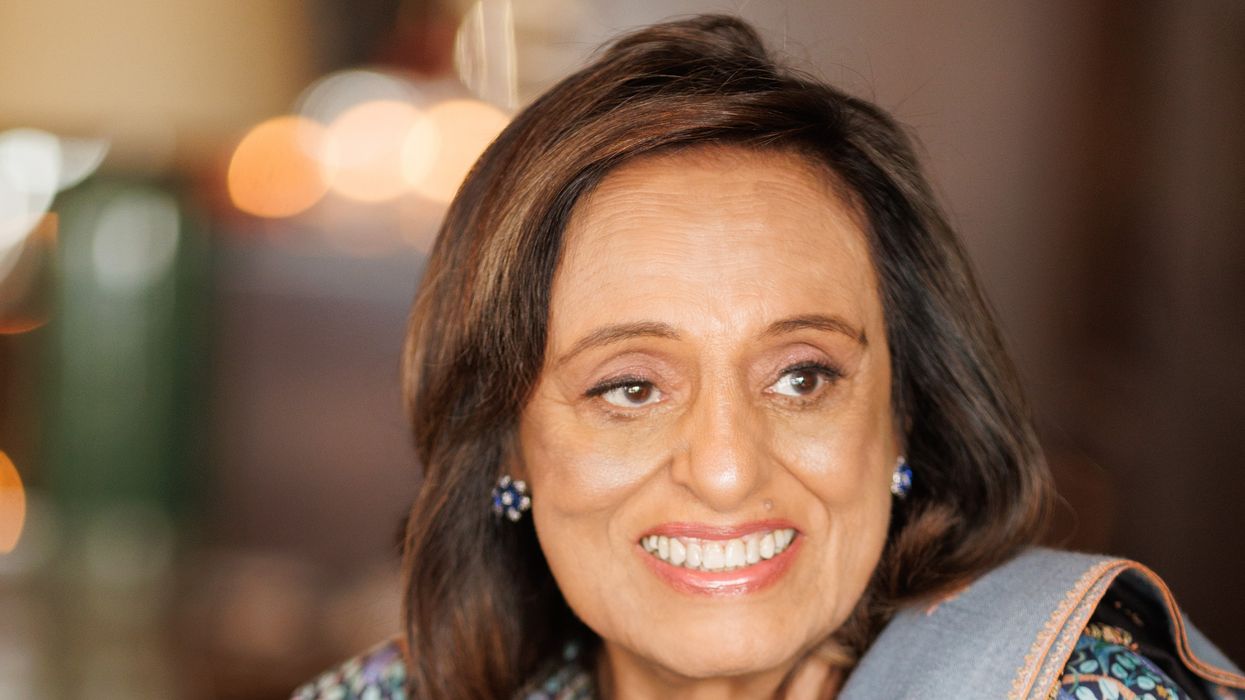

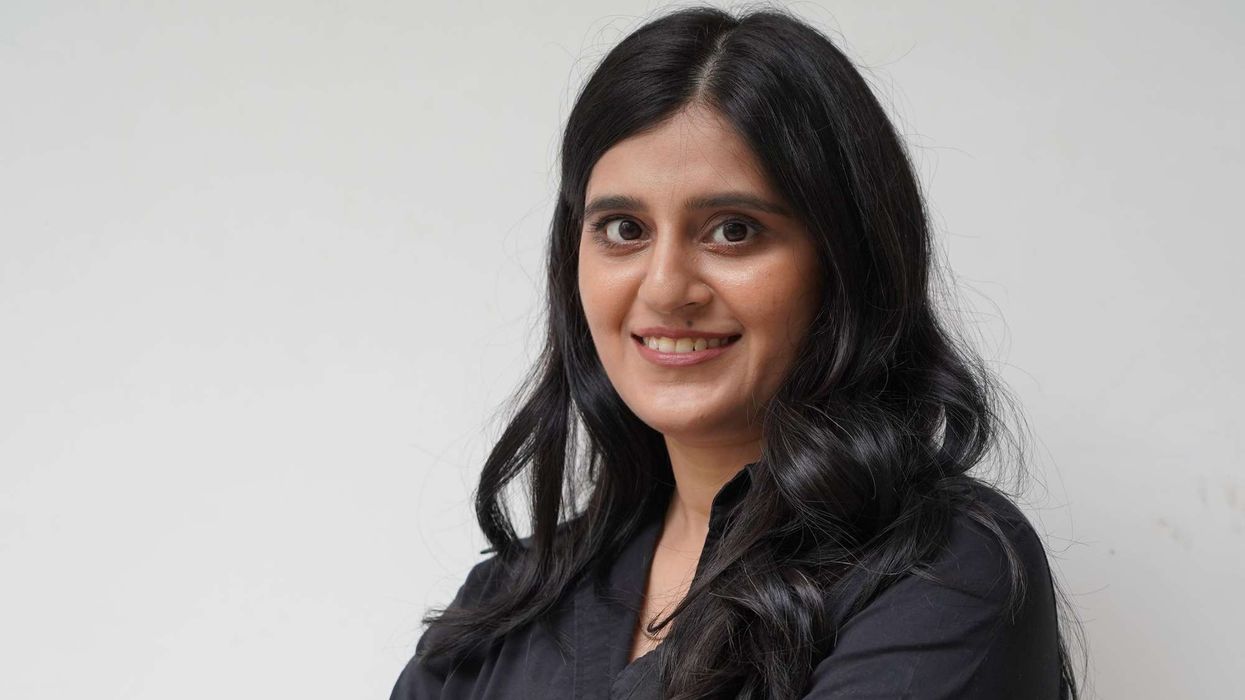
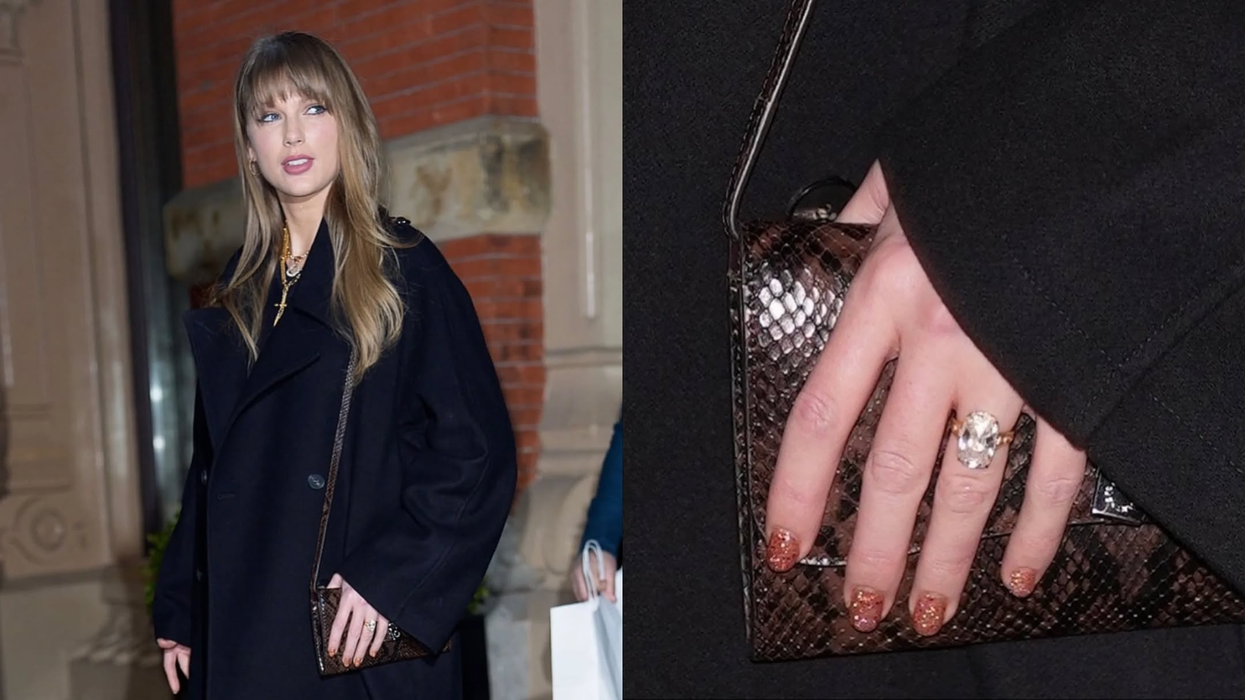

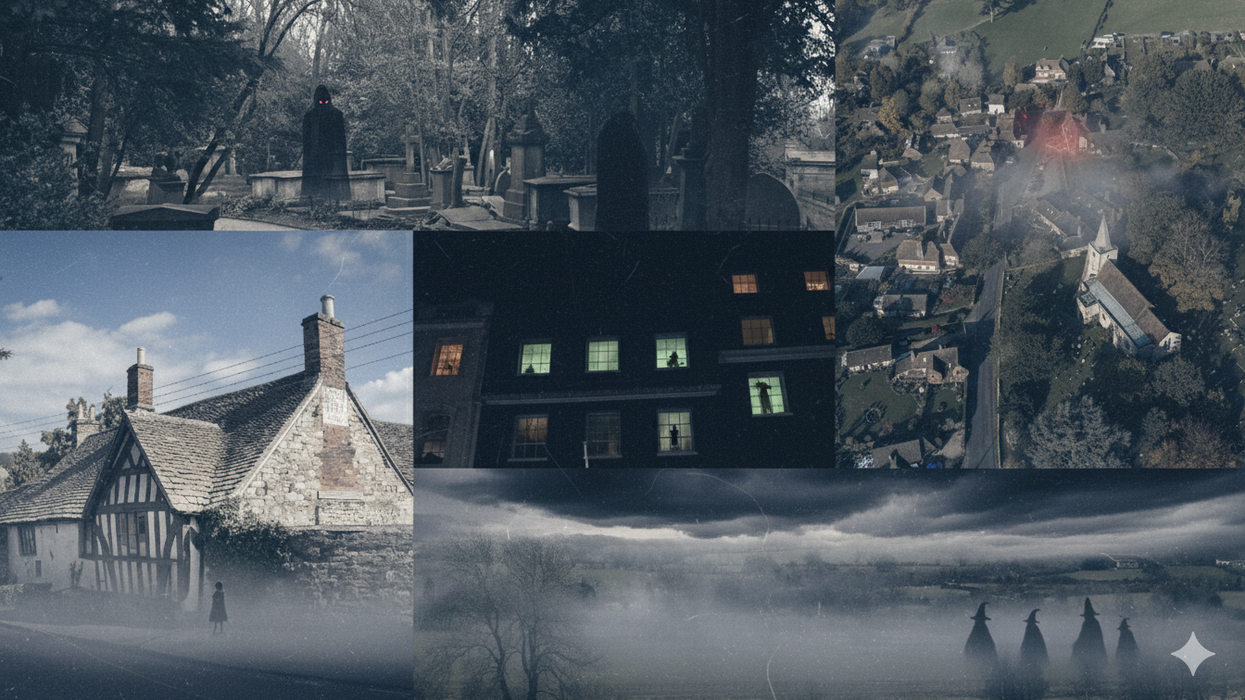

 Mareyah Bhatti , a sustainability strategist and passionate home cookMareyah Bhatti
Mareyah Bhatti , a sustainability strategist and passionate home cookMareyah Bhatti




